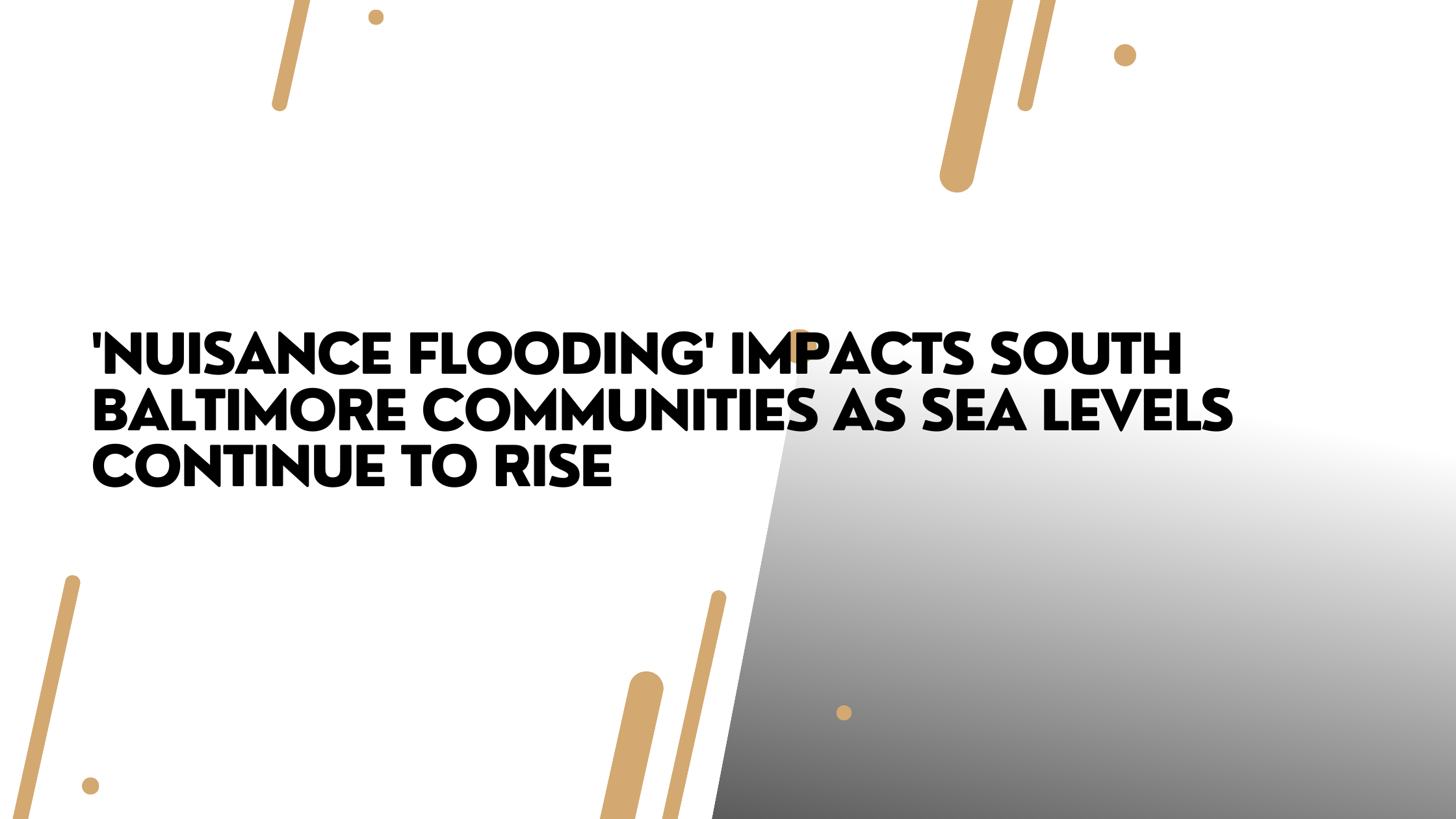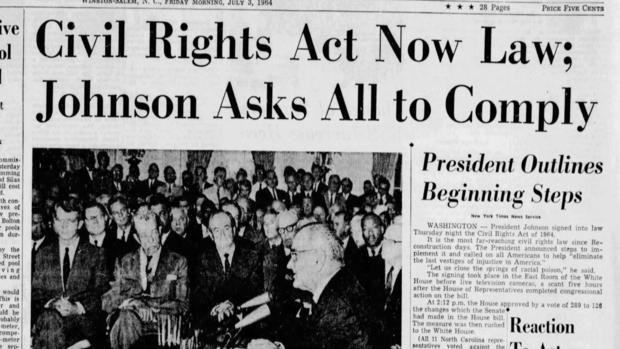‘Nuisance flooding’ impacts South Baltimore communities as sea levels continue to rise
The Problem of Recurrentfield and Curtis Bay have experienced increased incidents of “nuisance flooding” in recent years as sea levels in the Chesapeake Bay rise at an accelerating rate. Nuisance flooding, also called “sunny day flooding”, refers to tidal flooding events that cause public disruptions like road closures but do not necessarily cause extensive property damage. According to experts like those at the University of Maryland Extension, rising seas are already causing recurrent high tide flooding in some low-lying coastal areas of Maryland.
Impacts on Infrastructure and Local Economy
The increased frequency of nuisance flooding has taken a toll on South Baltimore’s infrastructure like roads, sewer systems and buildings. According to a 2020 report by the Baltimore Office of Sustainability, observed events in the city show evidence of impacts like overwhelmed storm drains and flooded basements even during minor rainfall. Locals say the disruptions from flooded streets are also hurting small businesses and industry in the working-class neighborhoods. With projections indicating sea levels will rise at an accelerating pace in the coming decades, communities are urging officials to develop strategies to mitigate future impacts.
Calls for Increased Resilience and Adaptation Measures
In response to concerns from residents, the City of Baltimore has begun implementing measures outlined in their 2020 Nuisance Flood Plan to make infrastructure more resilient. This includes elevating roads, improving stormwater management and developing emergency response plans. However, some experts argue more urgent action is still needed. Community groups are calling on officials to pursue “green” adaptation techniques like restoring wetlands and developing comprehensive relocation plans for highly vulnerable areas.





